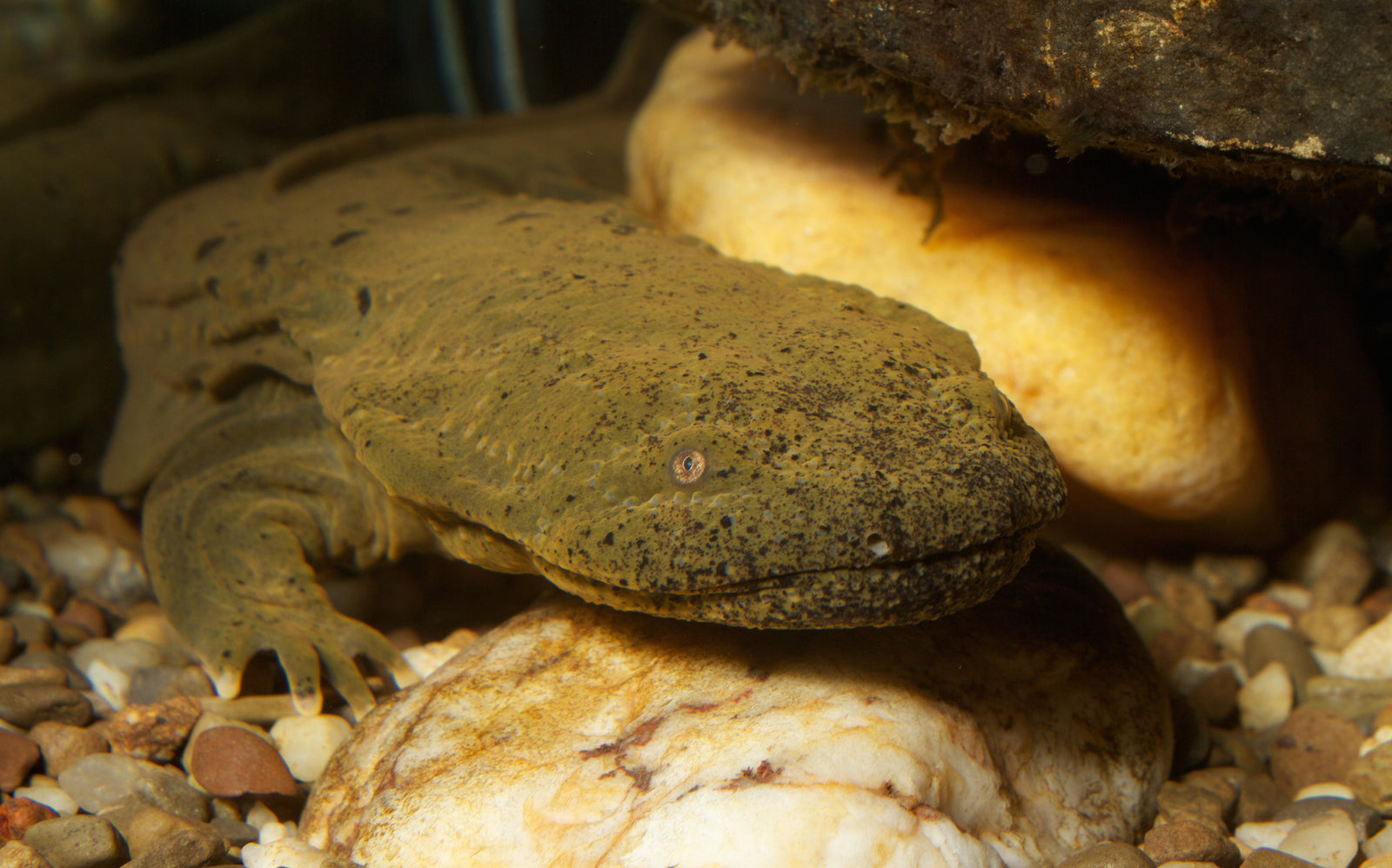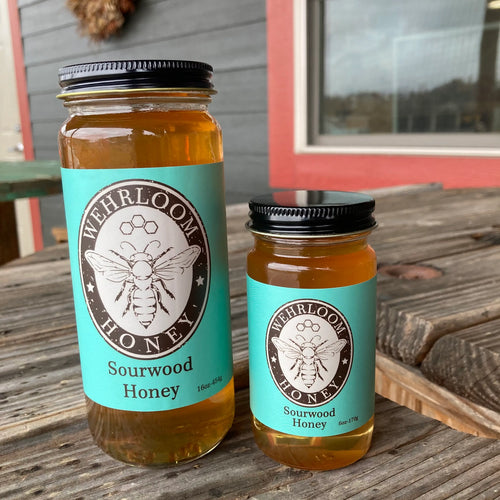
Like dragons in miniature, hellbenders crawl across the craggy floors of Appalachian creek beds. They feed and rest. They fight for mates. The ones that remain, some fraction of their once booming population, enchant the humans who are lucky enough to spot them.
"When you see one underwater you're just blown away," says Jeff Humphries of North Carolina Wildlife Resources. "You'll see a hole. You'll see a hellbender head sticking out, and that's that guy's home. He might have that rock as his little home for years and years."
Among the largest species of salamanders, these remarkable creatures grow up to two feet long, and they have lived in Appalachian streams, serving as an important predator and pray, for some 65 million years.
Today, Jeff explains, hellbender populations are seeing a steep decline. "I think it's safe to say that we've probably lost 80-90 percent."
Two problems endanger these animals, and both are man made. First, run-off has filled the precious cracks and crevices they call home. As Jeff explains in the below video, "All that mud and silt just builds up in these rivers over time, and it fills in all these little spaces."
Just walk along your favorite creek or river and look closely. If you see a lot of dirt, sand, or silt, there's a good chance you're viewing a run-off problem. It probably also means that hellbenders are long gone, and as Jeff points out, "Once they're gone they're gone."
While improving land use and urban planning is essential, it's also daunting. Regular folk aren't typically involved in those decisions. We are, however, in a great position to help tackle the other challenge hellbenders face. All we need to do is leave river rocks where they lie.
You see, moving rocks around puts these animals at risk. While it's fine to skip rocks with your child, says Lori Stroup of the U.S. Forest Service, "it's another thing when you're starting to move hundreds of rocks to build a damn or build some kind of shoot to get a tube down."
By disturbing bigger rocks, we can take away this animal's shelter and feeding ground, and once we do that, they're as good as done. Jeff says he sees the sad results of river bed disruption all the time. "We find hellbenders quite a bit that are dead because of people lifting rocks."
I, for one, had no idea I'd been endangering giant salamanders, and I'm a changed man. From today forward, I'm leaving river rocks alone. How about you? Do you have this unique species in your neck of the woods, and will you do your part to help them?
The Last Dragons - Protecting Appalachia's Hellbenders from Freshwaters Illustrated on Vimeo.














